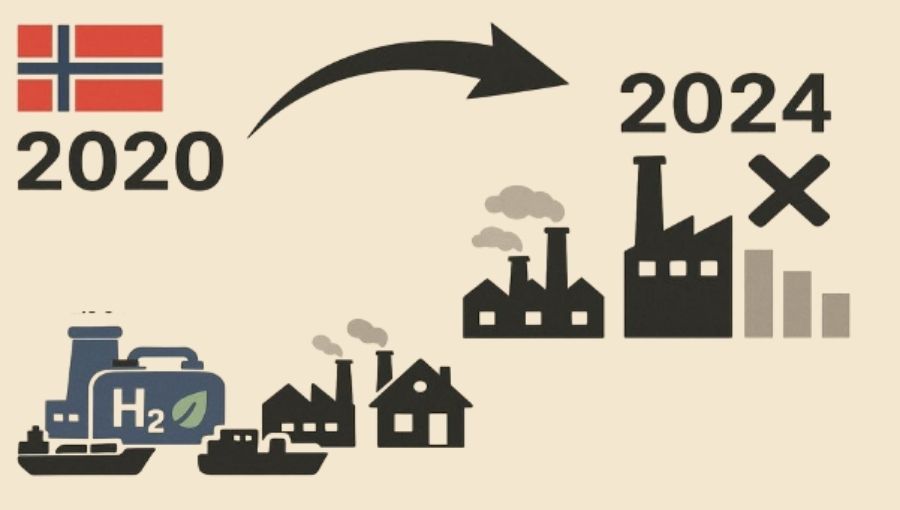Norway’s hydrogen energy policy, which began with high hopes in 2020, underwent a significant change in 2024 after facing various challenges. The country had originally planned to use blue and green hydrogen for ships, industry and perhaps homes, investing more than NOK 1 billion. However, thermodynamic and market economic realities – green hydrogen consumes large amounts of clean electricity and loses two-thirds of its energy before use, while blue hydrogen is dependent on carbon capture and fossil infrastructure – negatively affected the sustainability of the projects.
The Norwegian government has demonstrated this change in strategy by quietly shelving some planned flagship projects and canceling Shell’s Aukra blue hydrogen plant. In addition, Equinor’s $3 billion subsea hydrogen pipeline project to Germany was halted due to lack of demand. Although the potential for hydrogen’s use in industrial niche applications remains, the Norwegian government has indicated in its documents that it is shifting its strategic focus, citing issues such as hydrogen’s cost competitiveness, electricity constraints and the immaturity of markets, and reinforcing this with continued funding on a reduced scale.

